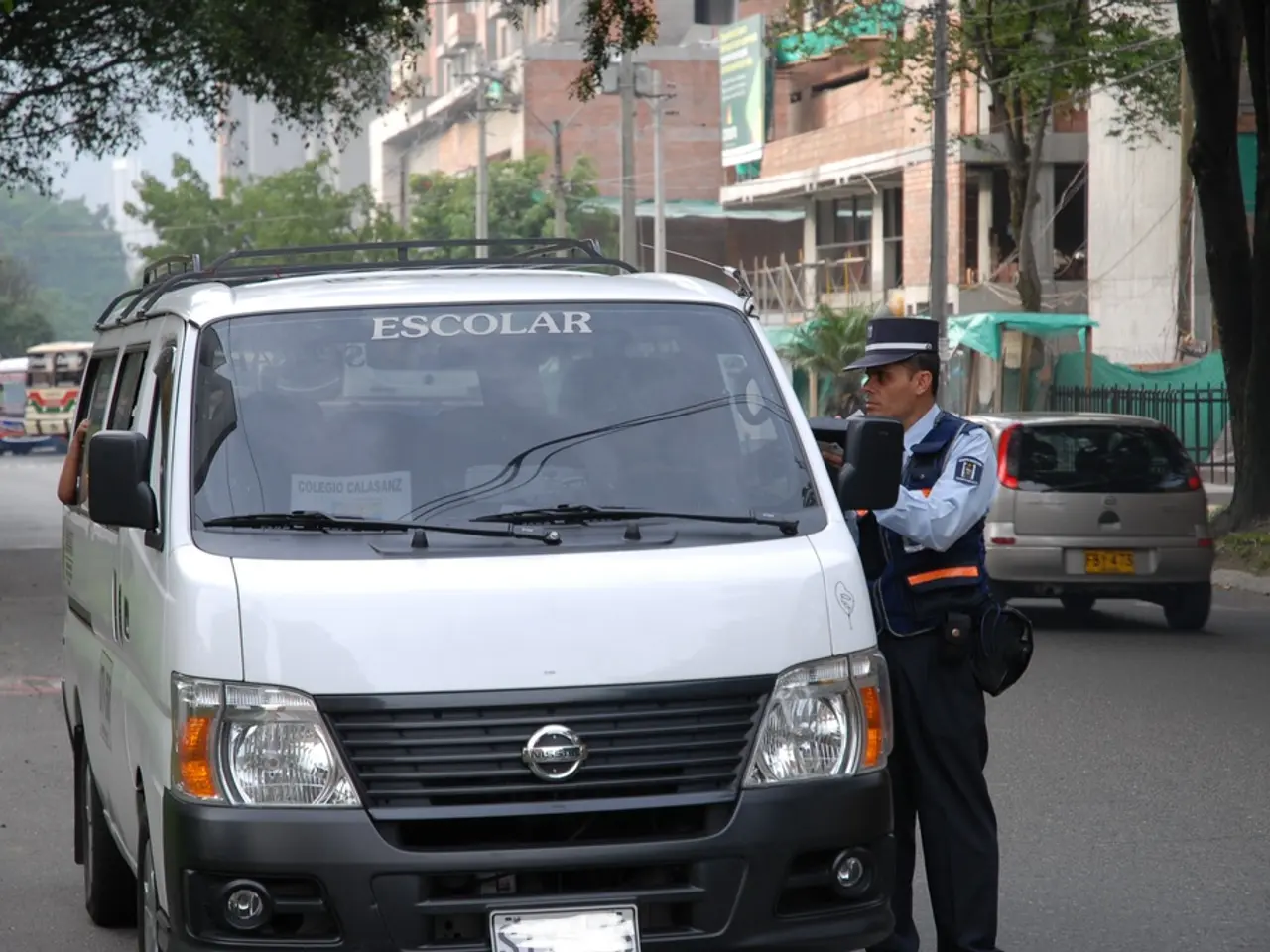Portugal Plans to Boost Energy Imports from Spain During Night-Time Hours Only
Followingthe widespread power outage on April 28, the European Network of Transmission System Operators for Electricity (ENTSO-E) has launched an investigation into the incident, describing it as a significant and unusual disruption [2]. The Iberian Peninsula was left in darkness during the blackout, and the ongoing stabilization process aims to address energy distribution issues.
The Portuguese electricity grid manager, REN, has initiated measures to manage energy imports from Spain more effectively. Between daylight hours (9am to 7pm), the interconnection capacity for importing electricity from Spain is capped at 1,000 MW [2]. However, beyond those hours, the limit will be increased, reaching up to 2,200 MW from May 12 to May 19, as part of the initial stabilization phase. This adjustment aims to maintain a balanced energy supply and preserve grid stability.
The comprehensive investigation conducted by ENTSO-E will identify the causes of the April 28 blackout [2]. The expert panel, tasked with preparing a factual report, will have until October 28, 2025, to submit their findings. The final report on the investigation is expected to be published by September 30, 2026.
During the blackout on April 28, consequences such as closed airports, transport disruptions, and traffic congestion in large cities, as well as a lack of fuel, were observed [1].
[1] - Source: Note published by REN on its website.[2] - Source: European Network of Transmission System Operators for Electricity (ENTSO-E)[3] - Source: Information obtained from the April 28 blackout event.
The Portuguese electricity grid manager, REN, is increasing the limit for importing electricity from Spain beyond daylight hours, reaching up to 2,200 MW from May 12 to May 19, as part of the initial stabilization phase following the April 28 blackout. This adjustment in the industry aims to maintain a balanced energy supply and preserve grid stability, while the ongoing consequences of the blackout included closed airports, transport disruptions, and a lack of finance for necessary repairs and improvements in the infrastructure, especially in the energy sector.








